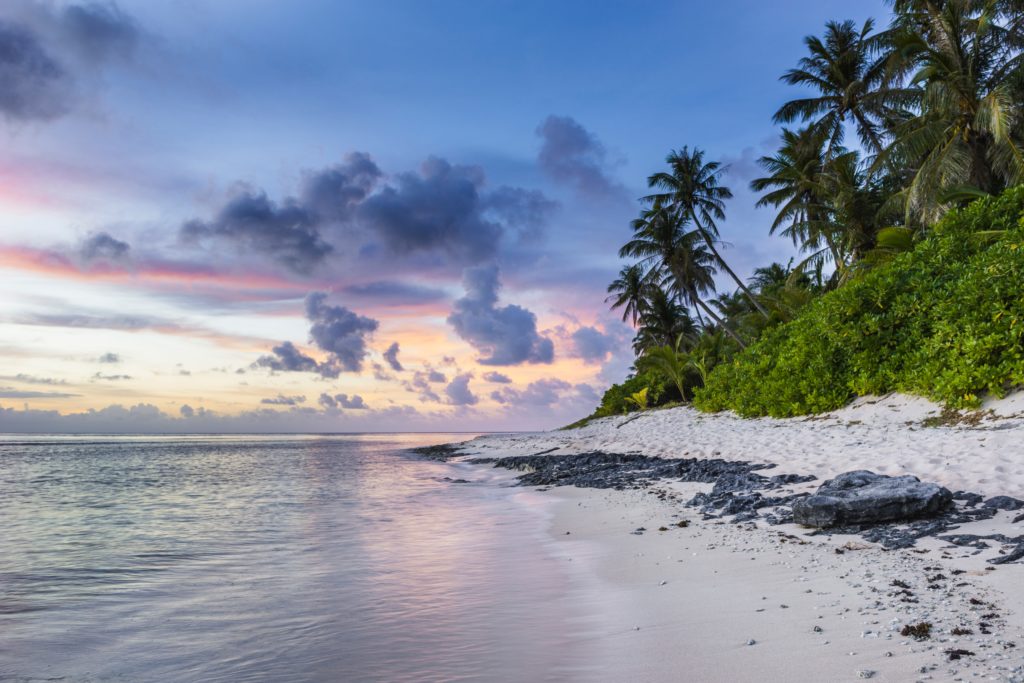I haven’t been to the beach since the pandemic started. I hope to make it down to the coast at least once this summer. Getting to walk down the beach and running away from the waves was one of my favorite memories from when I lived in Brazil. My family once stopped at an unnamed beach, and I will never forget how the water shimmered in the sunlight. It was so quiet; all you could hear was seagulls chattering to one another and the soft hum of the waves as they lapped at the rocks. My mom loves to walk along the beach, so we all took a walk, with my little sister running in front of us. I remember when we all stopped and marveled at the fish swimming around the rocks. There was no one else there. There were no candy wrappers, water bottles, or even cigarette butts. Just nature.
Even though most of our planet consists of water, less than 8% of it is protected. The majority of our oceans are outside of exclusive economic zones–or EEZs–which are essentially like property lines for countries that dictate what parts of the ocean are part of that country’s jurisdiction for things like natural resources. The areas of the oceans that are not part of EEZs are called “the high seas.” Only 1.2% of these regions are protected. With international exports and imports becoming easier, the global economy being more interconnected than ever, and our society putting more value into traveling, the high seas aren’t as untouched as they once were.
Shipping has increased by 1,600% since the 1980s. Fishing, whaling, and oil fracking are even more reasons that the high seas, and the rest of our oceans, need protection. A new treaty launched by the 30×30 coalition aims to do just that. The 30×30 coalition, formally known as the High Ambition Coalition for Nature and People, is co-chaired by Costa Rica, France, and the United Kingdom. Over 90 countries, including the U.S., are part of the coalition. Their current focus is to set up regulations that will protect 30% of the planet, land, and sea. With the official announcement that the U.S. will be joining the coalition on April 14th, the conservationist community has high hopes for the COP15 biodiversity conference that will be held in Kunming, China, at the end of the month.
The draft treaty is made up of four pillars. Marine genetic resources, area-based management tools, environmental impact assessments and capacity building, and the transfer of marine technology. This will ensure that the oceans’ ecosystems have the framework to be protected, as are indigenous peoples and create a clearer system for scientific research and economic activities. Many scientists agree that the Biodiversity Beyond National Jurisdiction Treaty will be the most crucial piece of ocean protection agreement in the last four decades.
Over the last decade, we have failed to meet any of the targets treaties and coalitions have set up to protect biodiversity across the globe. The science community has already said that human activities are driving the sixth mass extinction. I, for one, and I’m sure the rest of the globe, will be closely watching what happens at the end of the month during the COP15 conference. I would like to particularly urge the United States to make a more significant commitment. Although President Biden’s America the Beautiful initiative, which aims to protect 30% of the U.S. by 2030, was carefully outlined in the press release, the last line clearly stated that its membership in the coalition “is non-binding and does not create or affect rights or obligations under international law, nor does it create any new financial commitments.” We’ve passed the time that we can make empty promises for PR purposes. We can, and must, do better.
Get more like this—Sign up for our daily inspirational newsletter for exclusive content!
___
Photo: Andrew Coelho on Unsplash





